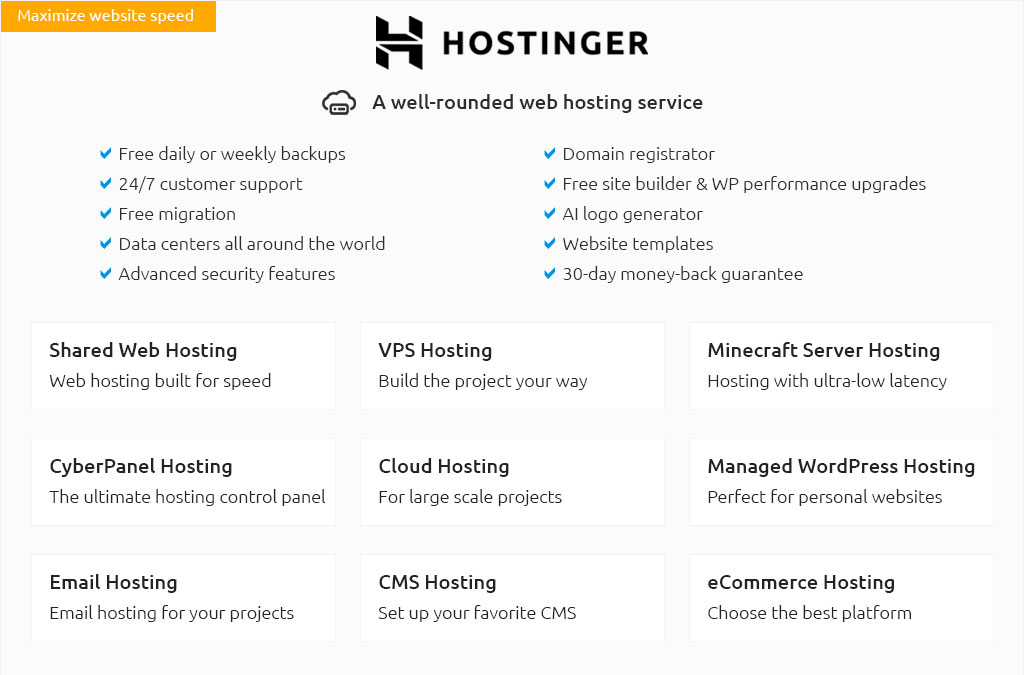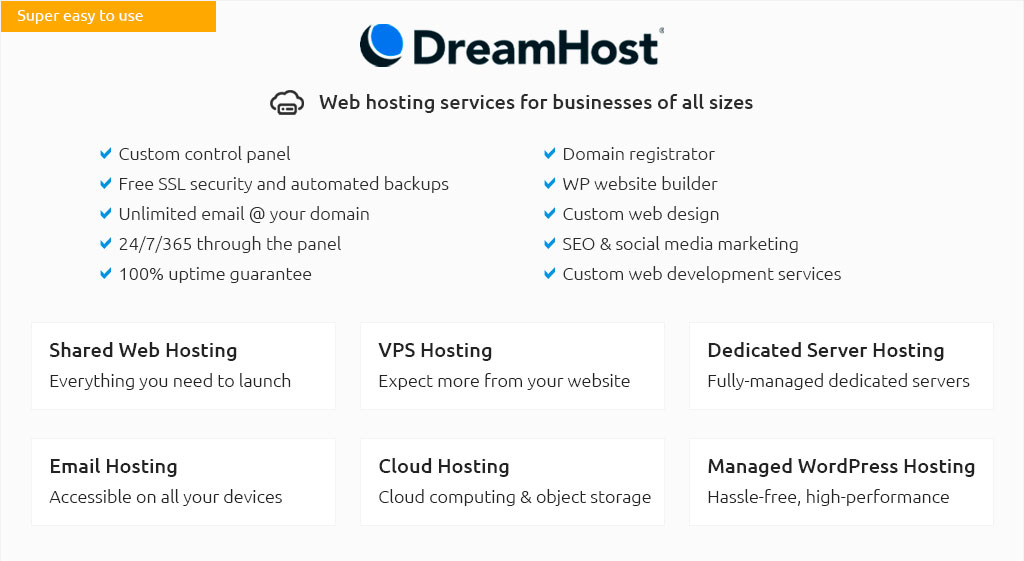 |
|||
 |
 |
 |
|
 |
|
 |
 |
 |
|||
 |
|||
 |
|||
 |
|||
 |
|||
 |
|||
 |
 |
Simple Static Website Hosting: A Beginner's GuideCreating a static website is an excellent way to start your online journey. Static websites are straightforward, easy to maintain, and can be hosted with minimal costs. This guide will explore the basics of hosting such websites. What is a Static Website?A static website is made up of fixed content delivered to the user's browser exactly as stored. Unlike dynamic sites, static websites do not require server-side processing. Advantages of Static Websites
Choosing a Hosting ProviderWhen it comes to hosting a static website, you have several options. It's crucial to choose a provider that meets your needs and budget. Popular Hosting Options
For more information on choosing the right service, you can visit our comprehensive review on web site domain hosting. Getting Started with Static HostingOnce you've chosen your hosting provider, the next step is to set up your site. Steps to Host a Static Website
Consider using a linux vps cheap option if you plan to scale your website in the future. FAQs about Static Website HostingWhat are the main benefits of using a static site?Static sites offer fast loading speeds, enhanced security, and are cost-effective to host. Can I use a CMS with static sites?Yes, static site generators like Jekyll or Hugo allow you to use CMS-like features while keeping your site static. Is it possible to add dynamic features to a static website?Yes, by integrating third-party services or APIs, you can add dynamic elements like forms and comments. https://buttercms.com/blog/5-best-static-website-hosting-services/
This article compares the top 5 services for static website hosting - Vercel, Netlify, GitHub Pages, Heroku, and Digital Ocean. https://tiiny.host/free-static-website-hosting/
Tiiny Host is a simple, efficient and performant hosting service for static websites. A static website is a website that appears the same to all visitors. https://www.reddit.com/r/webdev/comments/t1dt37/cheapest_place_to_host_a_static_website/
Netlify, Github Pages, Firebase, Vercel, and Render will all host a static site for free. I've used all of those except Render, and have had no ...
|